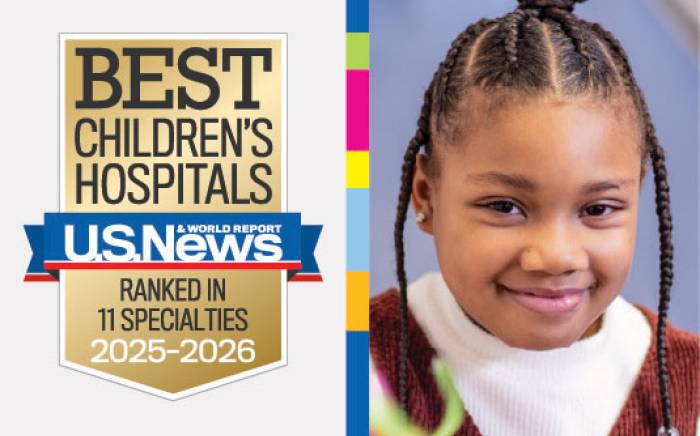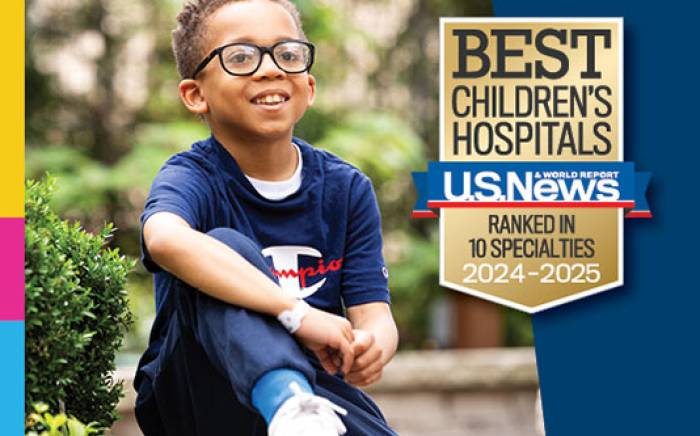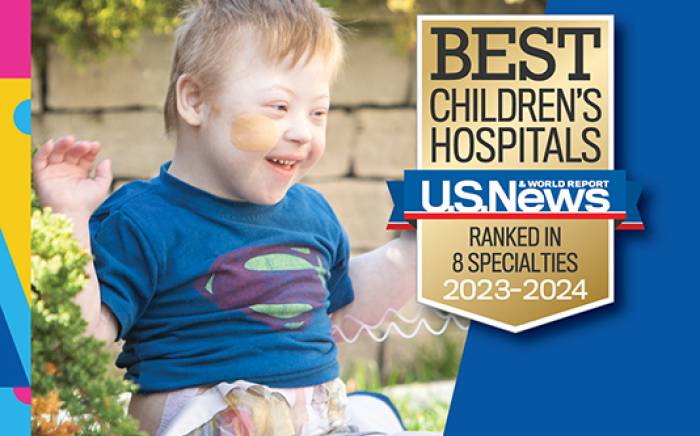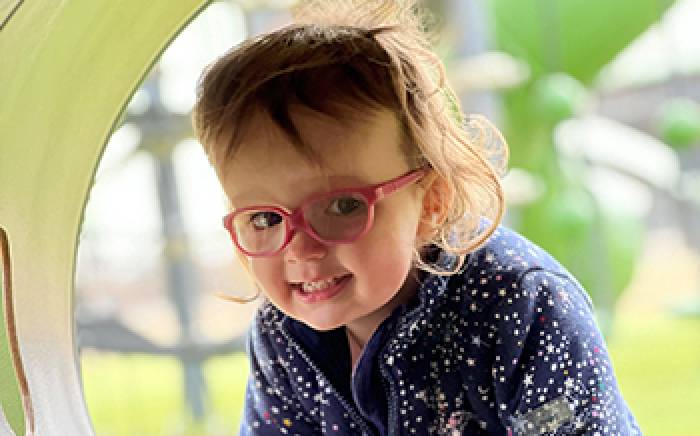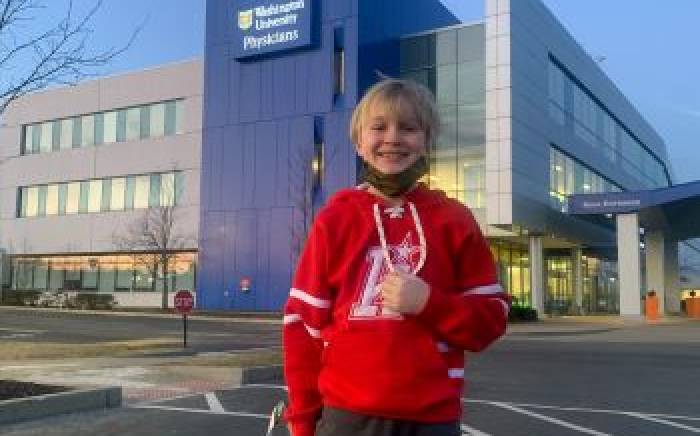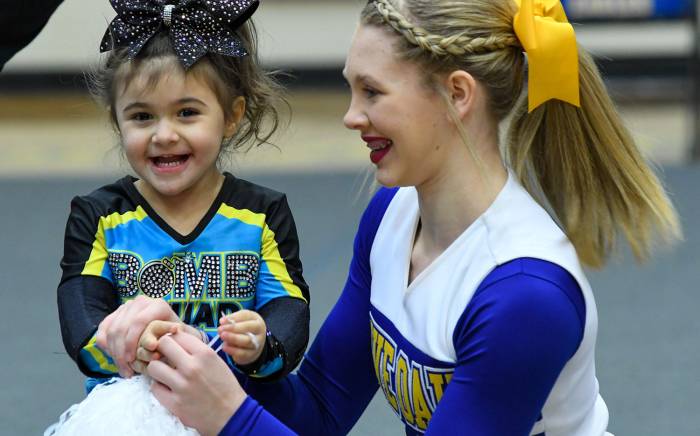Here’s how to spot the key differences between a headache and a migraine.
Approximately 60 percent of children will experience a headache during their childhood, and 8 percent will experience migraines, according to the American Migraine Foundation. David Callahan, MD, a Washington University pediatric neurologist at St. Louis Children’s Hospital, explains the symptoms of both, as well as available treatment options.
What’s The Difference?
A migraine is more than just a severe headache, since other symptoms may be present.
“Migraines can cause nausea and vomiting,” Dr. Callahan says. “Children are more likely to throw up or have stomach pain with a migraine, especially when they are younger.”
Another way to tell the difference between a headache and a migraine is to see how your child feels after sleep.
“Very few headaches are treated by sleep,” Dr. Callahan says. “If a child goes to sleep with a headache and wakes up feeling better, she likely had a migraine.”
Get Ahead Of Your Child’s Pain
Over-the-counter pain relievers, such as ibuprofen, can help treat headache and migraine in children.
“As soon as your child gets a headache, have him take medicine,” Dr. Callahan says. “If a child has a migraine, the medicine will be most effective when taken early on.”
Dr. Callahan also recommends seeing your child’s pediatrician if she complains of having a headache or migraine several times a month.
“An appointment with a child neurologist may be needed to help your child receive the appropriate diagnosis and treatment,” he says.
Call 314.454.KIDS (5437) to make an appointment at the Headache Clinic at St. Louis Children’s Hospital.

